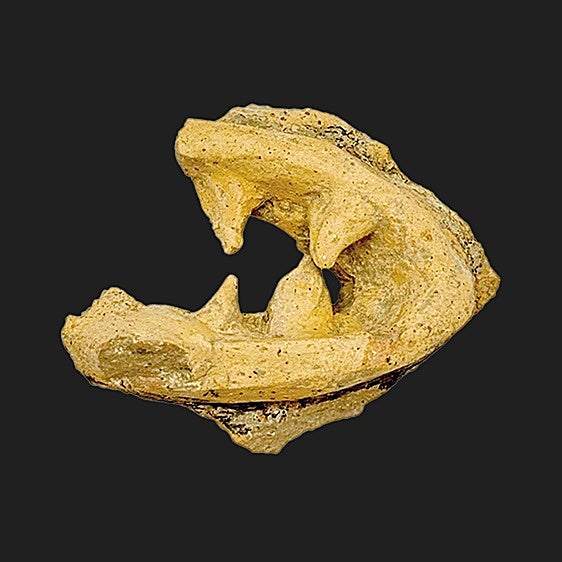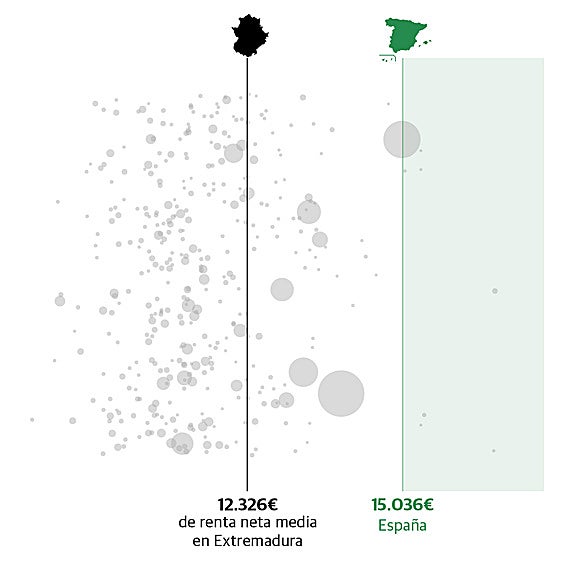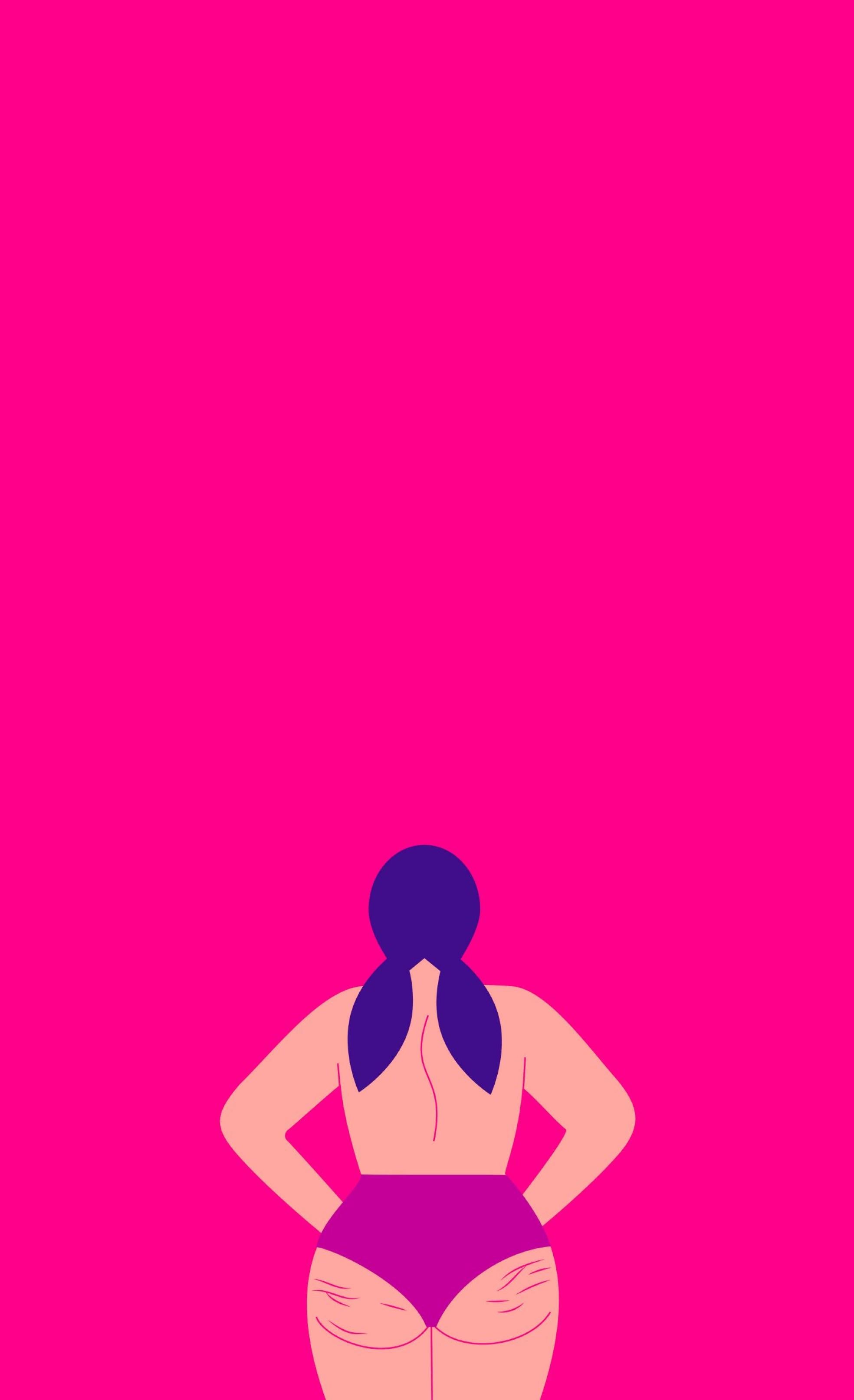The 'lost' battle against cellulite
It affects nearly all women after puberty to a certain extent and not a lot can be done about it
YOLANDA VEIGA
Friday, 16 December 2022, 11:35
If any cosmetic battle is practically lost, it is the one against cellulite. However, apart from extremely severe cases which can even be painful, this is a question of aesthetics, not health.
This so-called 'orange peel skin' affects nearly all women and very few men; it tends to appear on the buttocks and thighs, the stomach and other areas, and no, it isn't going to go away, no matter how much cream we put on it. We can only alleviate it with a healthy diet, exercise, stopping smoking and, in the most severe cases, certain procedures.
In women
"Asking a woman not to have cellulite is like asking a man not to have a beard. In fact, cellulite is not considered a pathology but a paraphysiological process, in other words it is quite normal in many women of fertile age," says Ana Molina, a specialist in dermatology at the Jiménez Díaz university hospital and a well-known speaker.
She confirms that cellulite really is more common in women: it affects over 98 per cent of them and only ten per cent of men.
A matter of hormones
Cellulite appears after puberty because the most important cause is hormonal.
"Oestrogens play a very important role. The hormone level is not high enough until someone is sexually developed, so cellulite does not occur," says specialist Paloma Cornejo, who is a member of the Spanish Dermatology and Venereology Society.
And it gets worse with age...
It isn't that we don't look after ourselves, "it's that the skin reaches its maximum thickness at the age of 30 and then gets progressively thinner and loses its structural integrity," the head of the Doctora Paloma Cornejo Clinic explains.
"With age, the connective tissue starts to lose collagen and elastic fibres, and that causes protrusions of adipose tissue in the skin to accentuate the appearance of cellulite".
Is it hereditary?
"There is a clear genetic disposition," Dr Cornejo says, but that is only the first of the factors which facilitate its appearance or it getting worse.
She says others are a sedentary lifestyle, excess weight, stress, an unhealthy diet and hormonal factors (pregnancy, menopause, taking contraceptive pills).
There are even racial factors (there is a higher incidence of cellulite in people with white skin, especially in the Mediterranean area, and black skin, and less so in Asians), fluid retention, wearing tight clothing, alcohol consumption, and tobacco.
"It has been shown that smoking weakens the formation of collagen, which is the principal structural element of connective tissue. So a weaker connective tissue favours the fatty protrusions in the skin," she explains.
Is it linked to being overweight?
Yes and no. "It is not directly related with excess weight and in fact it can also affect people who are thin. But it is true that it does seem to be more noticeable when someone gets fatter," Paloma Cornejo says.
Cellulite on arms and shoulders
It isn't common, but cellulite can occur almost anywhere: arms, shoulders, chest, back...however, the concentration of fat usually occurs on the buttocks, inner thighs, abdominal area, knees and ankles," Dr Cornejo says.
Ana Molina provides more precise information: "Women have a higher percentage of body fat, about 25 per cent compared with 20 per cent on average for men.
What is good is that we tend to accumulate it in the skin, at a subcutaneous level, especially on the thighs and hips, while men are more likely to store it around the belly and abdomen, which is much more dangerous because it increases the risk of cardiovascular problems," she says.
The risk also increases in women after the menopause for a reason precisely related with the distribution of fat.
"With the menopause the production of oestrogen diminishes, and that is why the fat migrates from the thighs, buttocks and hips to the waist," she explains.
Is there a solution?
"It is very difficult to eliminate cellulite completely," says Dr Molina. "Good lifestyle habits are the most effective: a healthy diet, aerobic and strengthening exercise, and not smoking but even if you do all that you may still have cellulite".
Apart from healthy habits, "treatments are available in beauty clinics such as radiofrequency, shock waves, ultrasound, pressure therapy, lymphatic drainage... but they are not very effective," she says.
What about anti-cellulite cosmetics? "They can help to soften the surface of the skin but they don't have any effect on the cellulitis as such".
And liposuction? "It can slightly improve it in people who have a large amount of excess fat, but it is not a definitive solution," she says.



